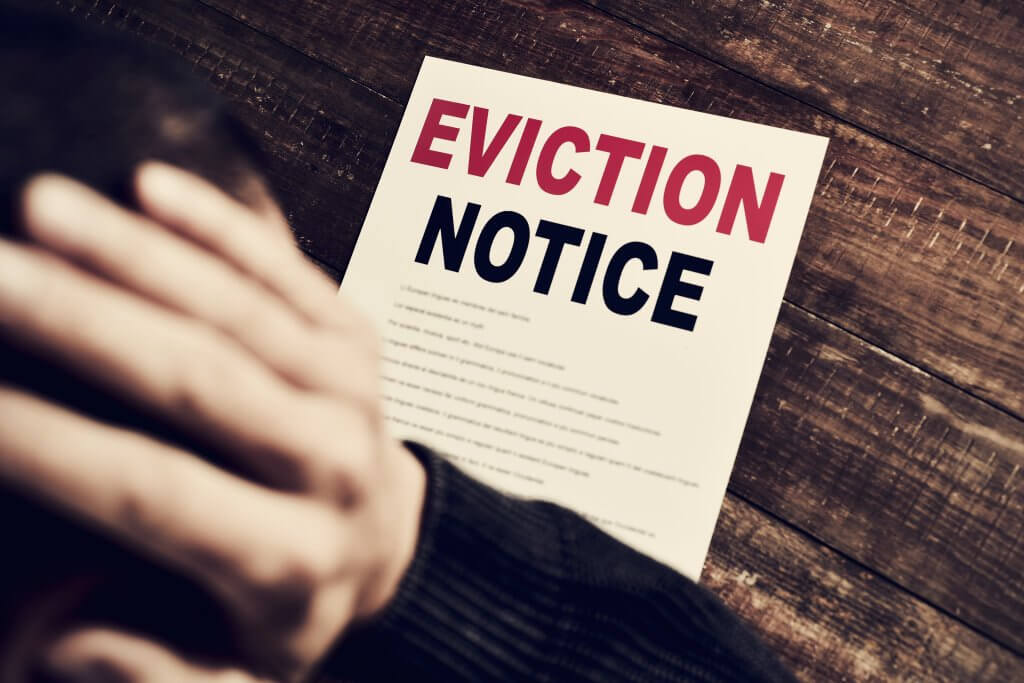Opinion: Montgomery County must pass the HOME Act, not codify rent gouging

By Mara Greengrass, Ingrid Fichtenberg, Kush Kharod and Alex Vazquez
Greengrass is a writer and member of Jews United for Justice. Fichtenberg is an education research analyst and a member of the Democratic Socialists of America. Kharod is an organizer with Everyday Canvassing, a local outreach group in Montgomery County. Vazquez is a lead Montgomery County organizer with CASA, a regional immigrant rights and working families advocacy organization.
All of our neighbors in Montgomery County deserve the chance to put down roots in our communities.
But rents are skyrocketing across Montgomery County, where more than 3,000 evictions have been scheduled since summer 2021. An annual limit on rent increases, also known as rent stabilization, is an essential and immediate tool to curb the county’s current crisis of evictions, displacement, and homelessness. Our councilmembers have introduced two competing rent stabilization bills — one that meets the needs of our community and one that does not.
The bill that renters need is the Housing Opportunity, Mobility, and Equity (HOME) Act, introduced by Councilmembers Will Jawando (D) and Kristin Mink (D). The HOME Act, Bill 16-23, was co-created by the Montgomery County Racial Equity Network and other public interest groups, which include CASA, Everyday Canvassing, Democratic Socialists of America, Jews United for Justice, and nearly two dozen fellow housing partners. The bill caps annual rent increases at 3% or to match the Voluntary Rent Guidelines, an annual figure set by the county government — whichever is lower. The bill guarantees a fair return for developers and exempts deeply affordable housing, places of worship, and new construction for 10 years.
The competing piece of legislation, despite being known as the Anti-Rent Gouging Bill, would essentially codify double-digit rent increases — even as more than half of renters in our county already spend upwards of a third of their income on rent. With a cap at 8% plus the Consumer Price Index, Bill 15-23 would lead to significant displacement and homelessness. This harmful legislation with six co-sponsors would worsen our housing crisis.
We can’t allow local leaders to pass Bill 15-23 — nor allow misleading data to prevent them from passing the HOME Act. A series of panels hosted in January by the Planning, Housing, and Parks Committee, called “The State of Rental Housing in Montgomery County,” reflected some components of the state of rental housing accurately, but also spotlighted two harmful misconceptions.
First, developers at Southern Management, a large property management company, perpetuated myths that have long been used to scare elected officials into weakening proposed tenant protections or not passing them all. These myths, however, fail to take into account the nuances of a wide variety of proposals from 180-plus jurisdictions across the country that have some form of rent stabilization. Not least of which are the particularities of Maryland’s unique demographics, wealth, and desirability. Just this February, Mount Rainier in Prince George’s County became the first city in Maryland to approve permanent rent stabilization.
The second harmful misconception: While the planning department suggested that our county faced average rent increases of only 2.1% over the past decades, this number doesn’t tell the full story. It comes from a survey by CoStar, which explicitly states that their data exclude households renewing their lease in a rental property. It only includes vacancies, which are at an all-time low of under 5% — not the kind of representative numbers we should use to make policy decisions.
And even if “better” data show low average rent increases, that tells you little about the actual effects on the community. Averages, by definition, paper over the extremes: the lived experiences of our county’s most vulnerable renters. Averages don’t tell you about the families whose rent increased by 5%, 8%, or 10%, which community members have reported in surveys from the Office of Landlord-Tenant Affairs. And averages don’t tell you about the families whose budget is so tight that even a 2% or 3% rent increase might mean the difference between housing and homelessness.
We must do everything we can to keep those who live in our county housed. Moving is disruptive for children and workers, dangerous for the elderly and disabled, and costly for anyone. And high rent increases disproportionately affect the most precarious populations, including low-wealth households and people of color. Rent stabilization is necessary to bring stability and predictability. It means parents don’t have to worry about their children’s education and lives being disrupted. It means less worker turnover caused by housing displacement so that our local businesses can flourish. It means reduced harm to physical and mental health so that our communities can be safer.
Rent stability and predictability are vital for renters and beneficial to commercial lenders and developers. Montgomery County needs to implement strong rent stabilization measures — the HOME Act — now. Every day we wait, more of our neighbors, friends, and community members — our public servants and grocery store workers, our kids’ educators and bus drivers, the people that keep our county running — risk losing their homes.




 Creative Commons Attribution
Creative Commons Attribution